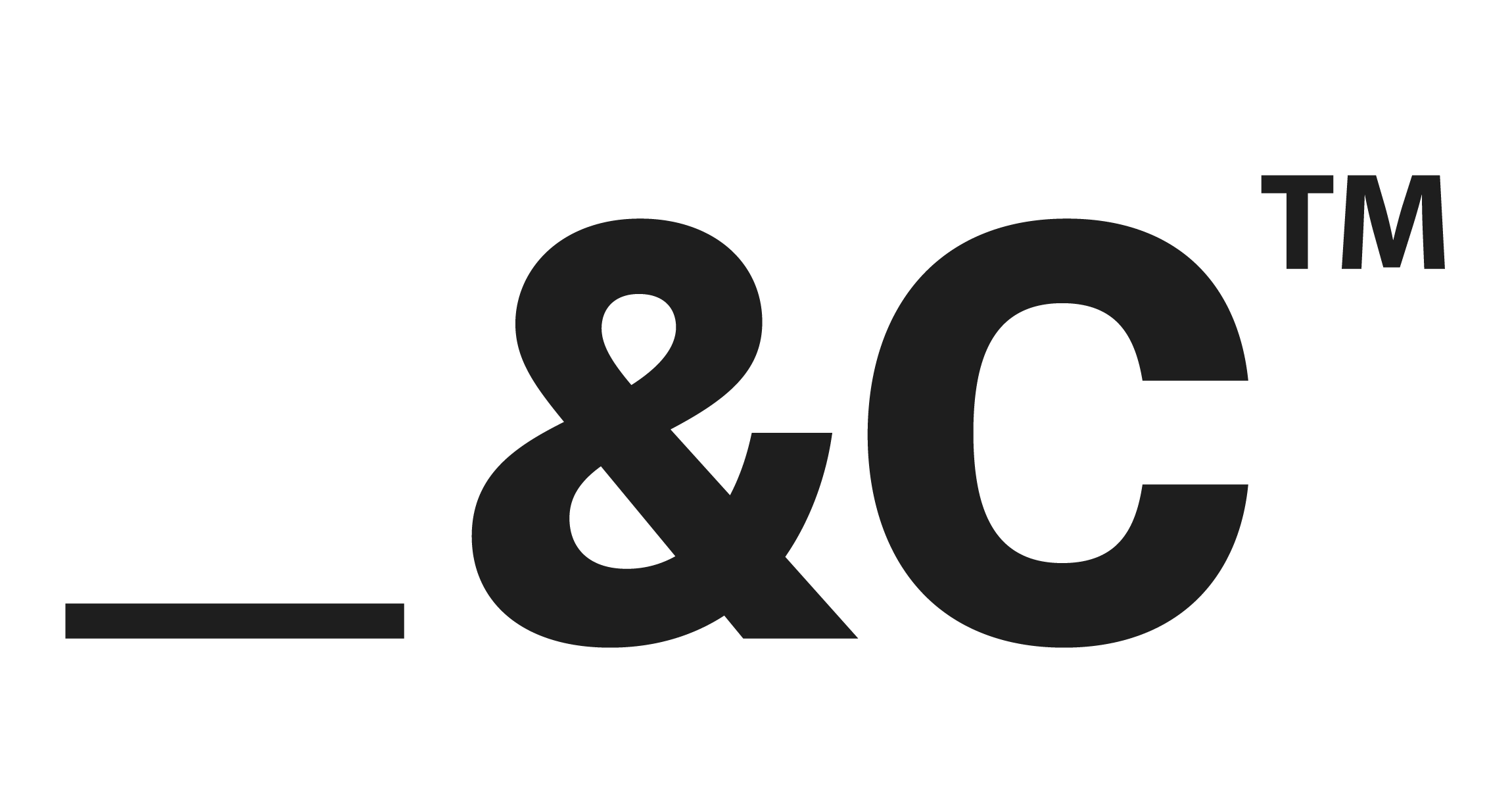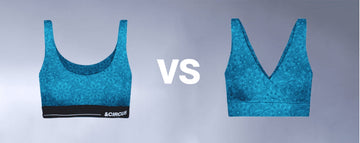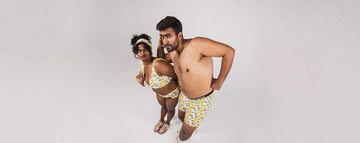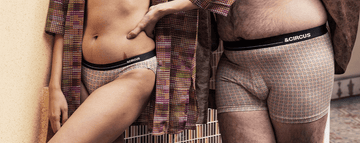Quick Listen:
Picture this: you slip into a pair of underwear so soft, so breathable, it feels like a second skin. It moves with you, wicks away moisture, and here's the kicker was made with the planet in mind. This isn't a fantasy; it's the new reality of apparel design, where comfort is no longer an afterthought but the driving force. In an era when consumers demand more than just good looks from their clothes, brands are diving deep into the science of feel, weaving together advanced fabrics, data-driven fits, and eco-conscious principles to redefine what it means to be comfortable.
Uncomfortable underwear shouldn't steal your confidence. At Andcircus, we craft ultra-soft, sustainable Lenzing Modal Micro® innerwear for every body, XS to 5XL. From briefs to bras, our custom packs fit you perfectly. Shop risk-free with our 100% satisfaction guarantee and embrace comfort that includes everyone. #LoveEveryBody. Shop Now!
How Modern Apparel Design Prioritizes Feel and Function
The apparel industry is undergoing a quiet revolution. Gone are the days when comfort meant oversized sweatpants or a baggy T-shirt. Today's consumers especially those snapping up eco-friendly micromodal innerwear expect garments that cradle the body while aligning with their values. Research, like a recent study from Texas Tech University, shows that physiological signals, such as heart rate, are tightly linked to clothing comfort, while emotional responses vary with fabric and fit. This fusion of science and sensation is pushing brands to rethink everything from thread count to seam placement.
Micromodal, a silky, sustainable fabric derived from beechwood, is at the heart of this shift. Its rise reflects a broader trend: the global functional apparel market, valued at $452.83 billion in 2023, is projected to hit $778.14 billion by 2032, growing at a 6.2% CAGR, according to SkyQuest Technology. Shoppers aren't just buying clothes; they're investing in pieces that enhance their daily lives, whether they're sprinting to a meeting or lounging at home.
From Static Sizes to Sensory Design
The old one-size-fits-most approach? It's history. Modern apparel brands are embracing dynamic fit technologies that adapt to diverse bodies. Pressure mapping and body temperature sensors now inform designs that minimize irritation and maximize ease. Take seamless waistbands, for instance once a niche feature, they're now a staple in brands like AndCircus™, which crafts innerwear that feels like it was molded to your form. These innovations aren't just for show. They respond to real needs: sensitive skin, hormonal shifts, or the physical demands of pregnancy.
Then there's the athleisure boom, a cultural juggernaut that's blurred the line between gym and street. As Wikipedia notes, athleisure think leggings, hoodies, and sneakers has become a lifestyle, with the global market expected to reach $1090.92 billion by 2034, per Market Research Future. Women, who account for 60% of this market's revenue, are driving demand for versatile pieces that transition seamlessly from yoga class to coffee runs. But it's not just about looks. Moisture-wicking fabrics and ergonomic cuts ensure these clothes perform as well as they promise.
Inclusivity and Sustainability: The New Comfort Pillars
Comfort isn't just physical it's emotional, too. Brands are catching on, designing unisex and gender-neutral innerwear that feels inclusive and empowering. Maternity lines, for example, now feature soft-drape fabrics and elastic-free constructions that adapt to a changing body, offering support without constriction. These designs don't just fit better; they make wearers feel seen.
Sustainability is another non-negotiable. As eco-awareness grows, micromodal's biodegradable credentials give it an edge over synthetic rivals. Yet, producing high-performance, planet-friendly textiles comes with challenges. Scaling sustainable fabrics while keeping costs down is no small feat, and lab-based comfort tests often struggle to replicate real-world wear. Still, the payoff is clear: brands that nail this balance are winning loyalty. The global apparel market, valued at $1,700.52 billion in 2023 and projected to reach $2,307.04 billion by 2032 Fortune Business Insights, thrives on this blend of innovation and ethics.
The Data-Driven Comfort Loop
What sets today's apparel brands apart is their obsession with feedback. Wear-test data, customer reviews, and even biometric sensors are shaping the next generation of innerwear. Imagine a bra that adjusts its fit based on your heart rate or a pair of briefs that learns from your body's heat map. Sound futuristic? It's not. The Texas Tech study highlights how physiological and emotional data are already guiding garment design, ensuring every stitch serves a purpose.
This data-driven approach isn't just about comfort it's about retention. When a brand gets it right, customers stick around. AndCircus™, for instance, uses wearer feedback to refine its seamless designs, creating innerwear that feels like an extension of the body. Meanwhile, the rise of online shopping 60% of athleisure sales happen via e-commerce, per Market Research Future means brands can gather real-time insights from a global audience, fine-tuning their offerings with every click.
A Memorable The Future Feels Good
The apparel industry stands at a crossroads. As comfort becomes the ultimate currency, brands must innovate or fade. The next frontier? Biometric-adaptive clothing that responds to your body in real time, blending AI with fabric science. Lessons from athleisure and sleepwear where function meets effortless style are already pointing the way. For eco-conscious brands like those in the micromodal space, the mandate is clear: keep listening, keep testing, and keep pushing the boundaries of what comfort can mean.
In a world where every choice reflects who we are, the clothes we wear closest to our skin matter most. They're not just garments; they're a promise of ease, sustainability, and a fit that feels like home. As the industry evolves, one thing is certain: the future of apparel isn't just about looking good it's about feeling extraordinary.
Frequently Asked Questions
How are comfort metrics evolving in modern apparel design?
Comfort in apparel is now guided by both science and emotion, using physiological signals like heart rate and skin temperature to inform design choices. Brands are moving beyond aesthetics to engineer seamless, breathable garments that adapt to individual bodies and lifestyles.
Why is micromodal fabric a popular choice for contemporary innerwear?
Micromodal is a sustainable, silky-soft fabric made from beechwood, known for its breathability, moisture-wicking properties, and gentle feel on sensitive skin. Its biodegradable nature also aligns with eco-conscious values, making it ideal for modern consumers seeking both comfort and sustainability.
What role does data play in improving the comfort of innerwear?
Brands are leveraging wear-test data, customer reviews, and even biometric sensors to fine-tune designs for maximum comfort. This data-driven feedback loop helps create personalized fits and adaptive features, leading to garments that feel like a natural extension of the body.
Disclaimer: The above helpful resources content contains personal opinions and experiences. The information provided is for general knowledge and does not constitute professional advice.
You may also be interested in: Soft, Sustainable, Stylish: What Women Want in Everyday Underwear
Uncomfortable underwear shouldn't steal your confidence. At Andcircus, we craft ultra-soft, sustainable Lenzing Modal Micro® innerwear for every body, XS to 5XL. From briefs to bras, our custom packs fit you perfectly. Shop risk-free with our 100% satisfaction guarantee and embrace comfort that includes everyone. #LoveEveryBody. Shop Now!







































